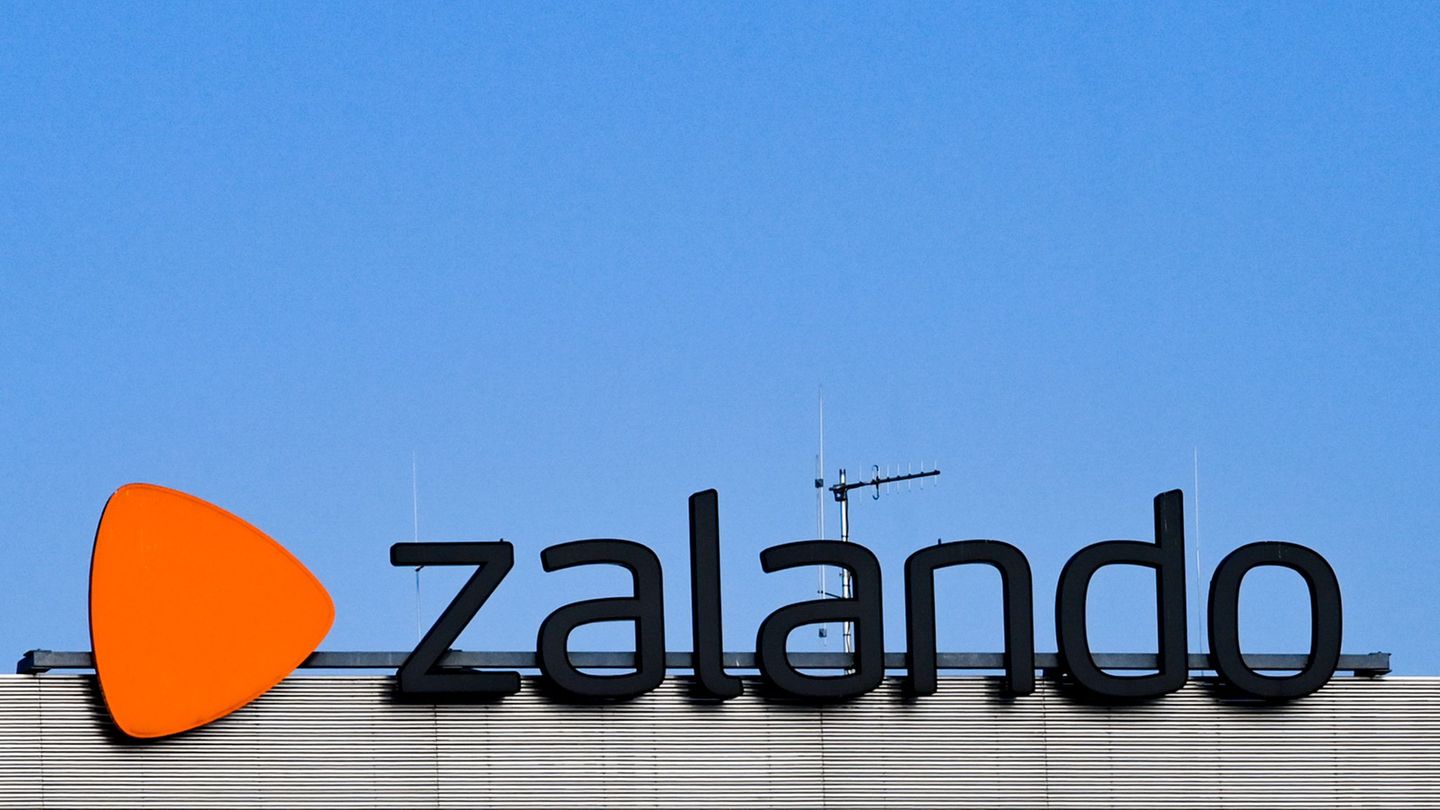The Inflation in the United States It was 2.7% year -on -year in July, slightly below that expected by analysts, it is the same variation recorded in June. However, The underlying price rise showed the opposite behaviorsince it rose 3.1%, above the projections.
These US Retail Price Index (CPI) are particularly significant in the framework of the North American Labor Market cooling and Donald Trump’s government pressures so that the Federal Reserve (FED) lower interest rates.
“This information will also be important for the Federal Reserve, which has indicated that The complete effects of the trade war may not be fully visible until after a few months from its implementation“They raised from XTB.
Market reaction
Before the publication of the CPI, on Wall Street they were discounting a probability of approximately 82% that the Fed cuts the fees at its September meeting. Currently, that percentage jumps at 96%according to Balanzwhich added that “two and a half cuts are foreseen for the remainder of the year.”
And they added: “With respect to the market reaction, the treasury rates are compressing, especially in the section of 1 to 7 years, where the casualties in the yields range between 3 and 5 basic points. The 10-year rate is at 4.3% (-1.7 points)”.
In addition, the futures of the S&P and the Nasdaqthat in the pre -opening they were stable, they show increases in the first operations in the Plaza de New York.
Powell Fed.jpg Federal Reserve
The president of the Fed, Jerome Powell, said during his latest statements that the FED decisions in monetary policy will be “based on the data.”
Inflation: which sectors recorded more increases
At a monthly level, Inflation was 0.2% in Julybelow 0.3% in June. As explained by Labor Statistics Office (BLS, for its acronym in English), the main factor of the monthly increase in the general average was the category of housing, which rose 0.2% last month. Same figure that scored the food item. In contrast, the energy and fuel sectors fell 1.1% and 2.2%, respectively.
The Real Vision analyst Andreas Steno Larsen He argued that “the IPC report presents disparate results, but there is still no great inflationary fear, as you all fear.” He considered that it is “A very moderate report, except in the case of transport services and medical services“, which rose 0.78% and 0.79% at the monthly level, respectively.
For that reason, he considered that “practically ruled out tariff concerns” and considered a Dovish (‘moderate’) “response by the Fed.
For its part, the Federal Navy Chief Economist, Heather LongHe explained that “a great fall in fuel prices helped compensate for the increase in air ticket costs, recreational activities, home furniture and used cars.” The accommodation indices outside the home and communication were among the few indexes that decreased in July.
Meanwhile, the monthly nucleus inflation was 0.31%, the second largest increase of this year. At the year -on -year level, Energy prices decreased 1.6 % and food increased 2.9 %.
News in development.
Source: Ambito




